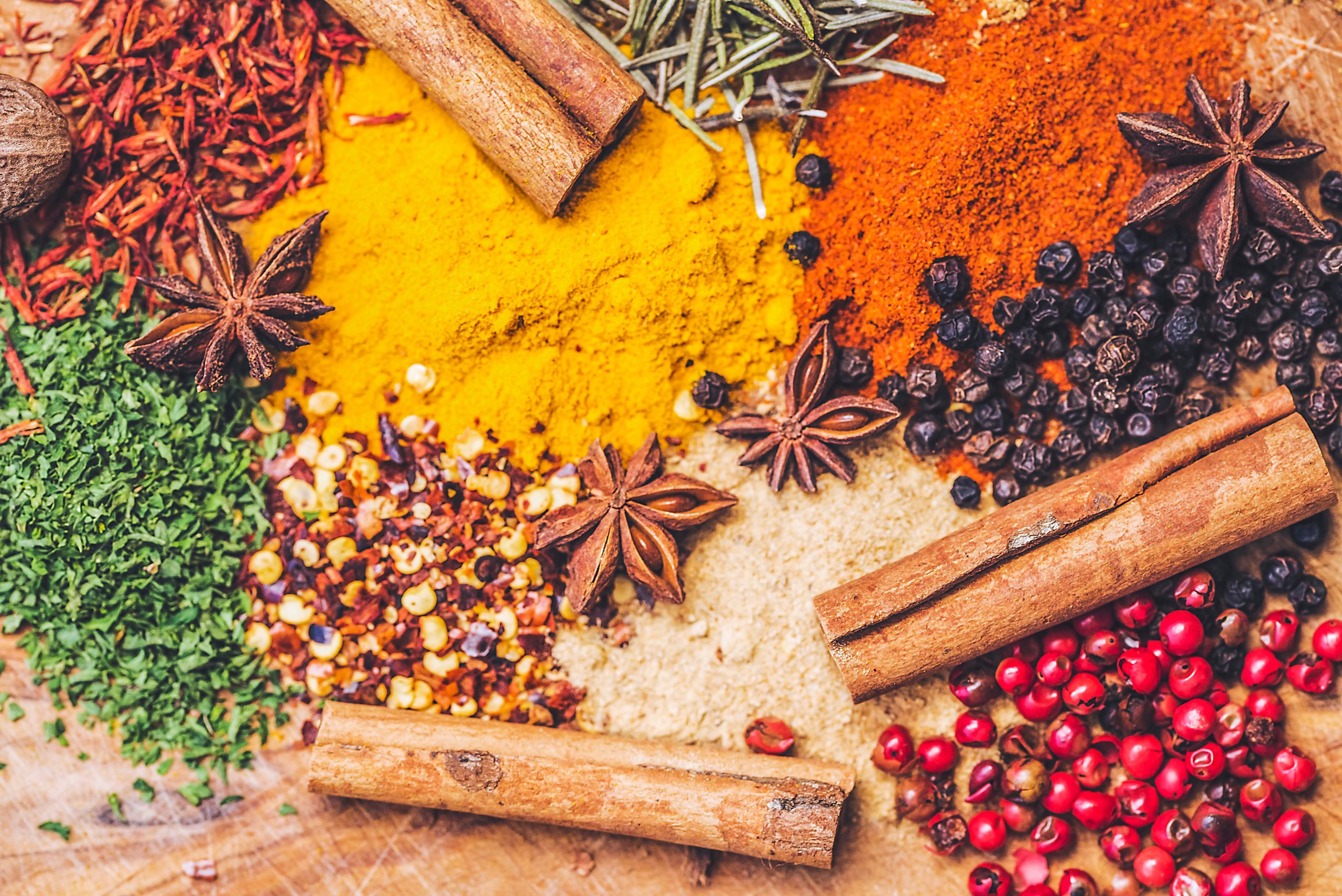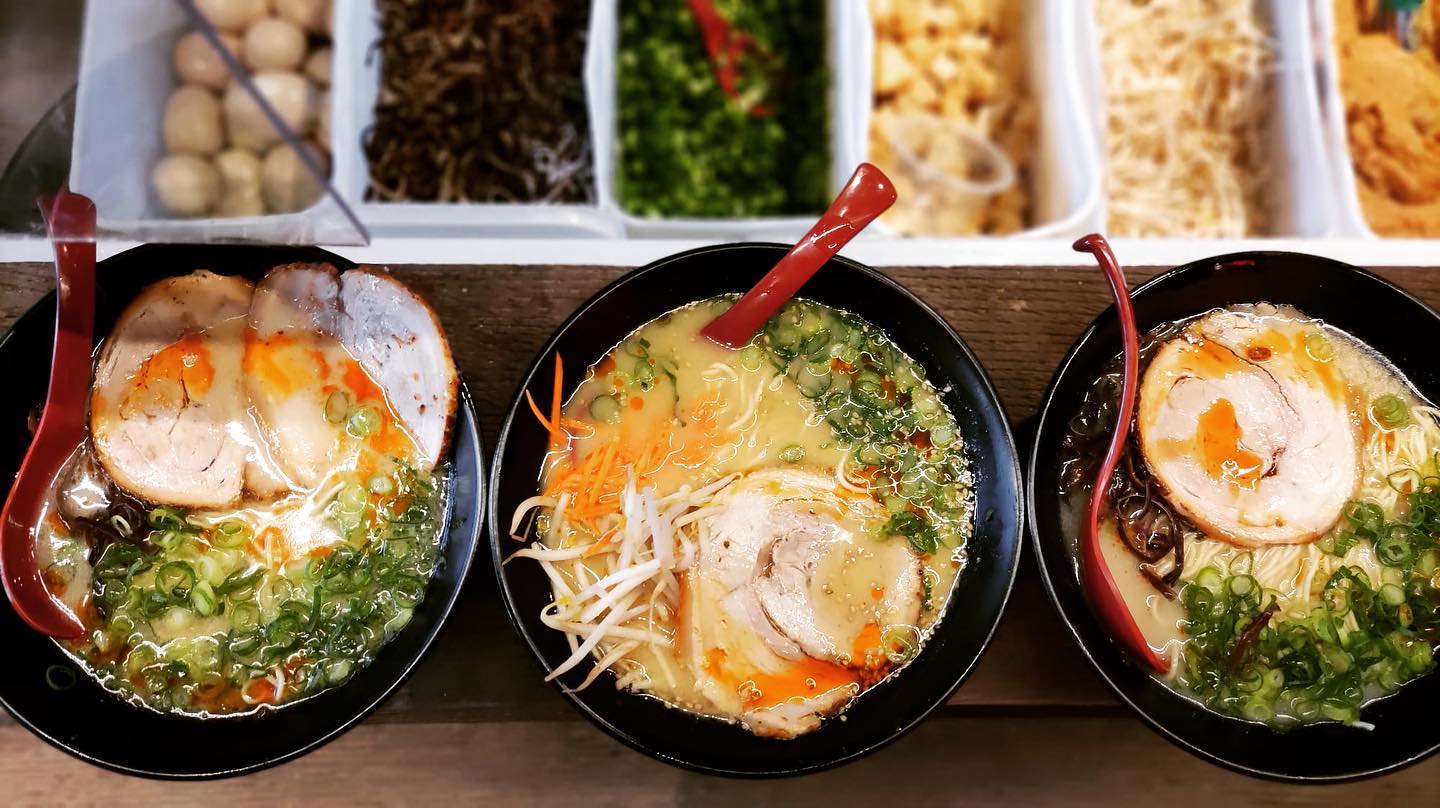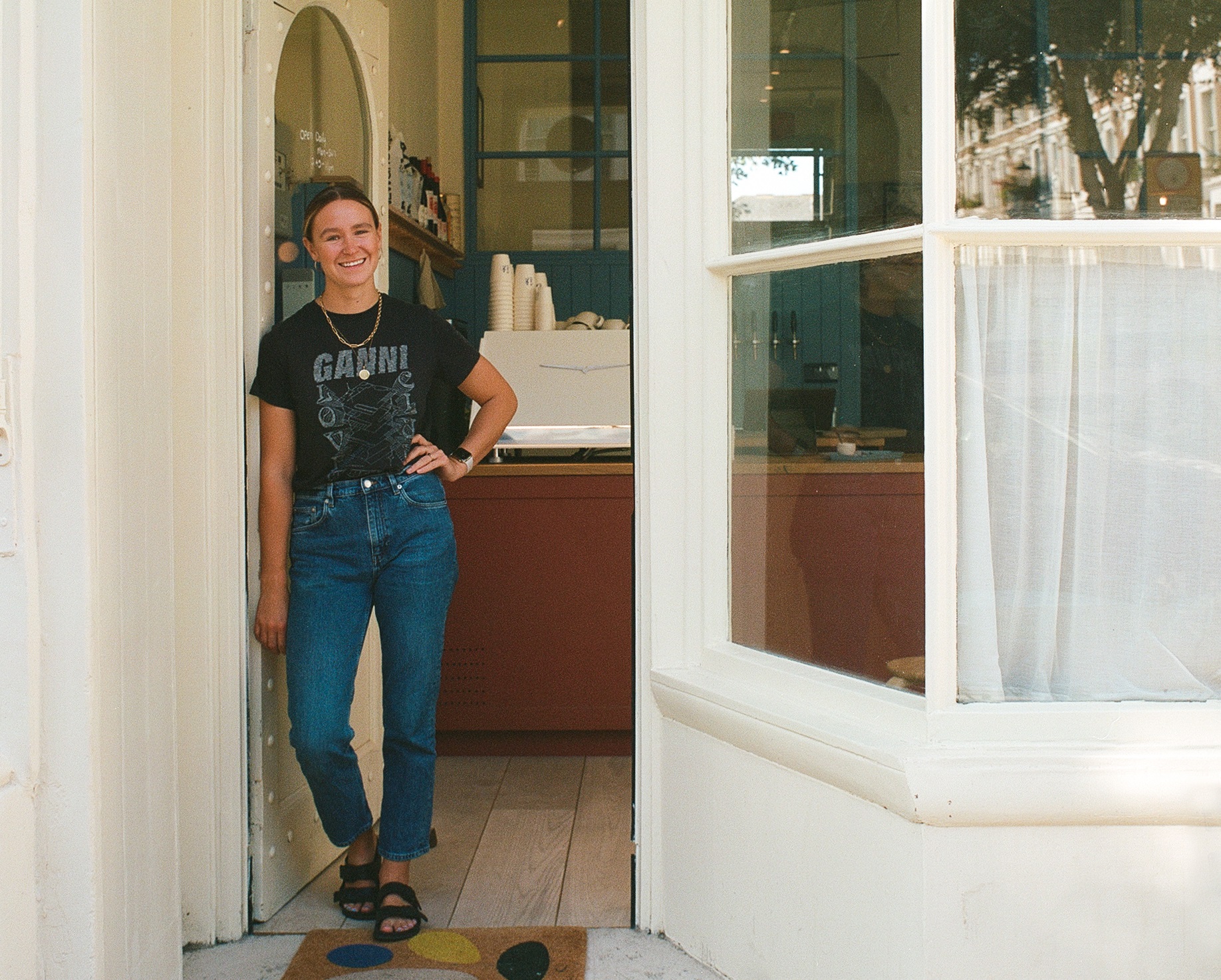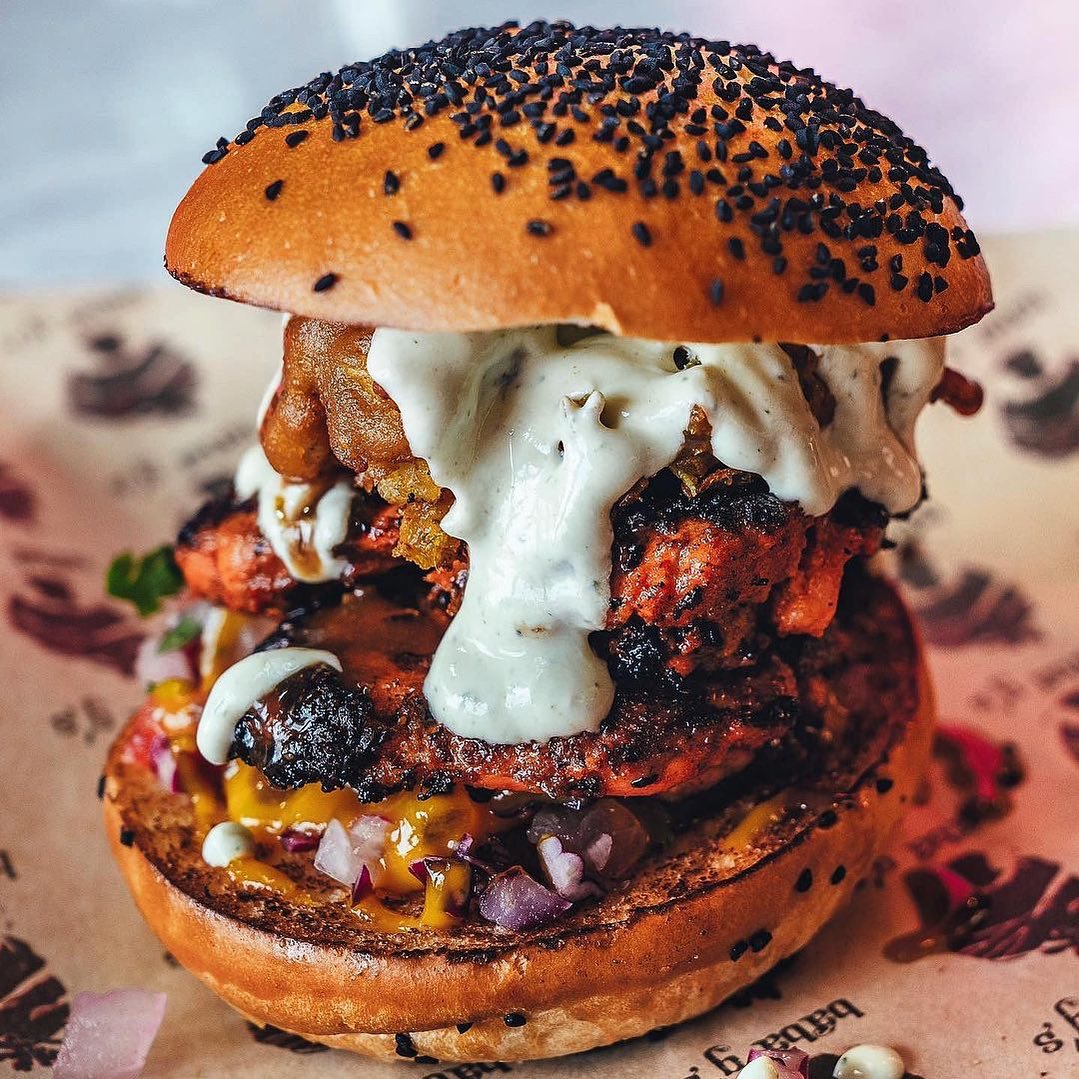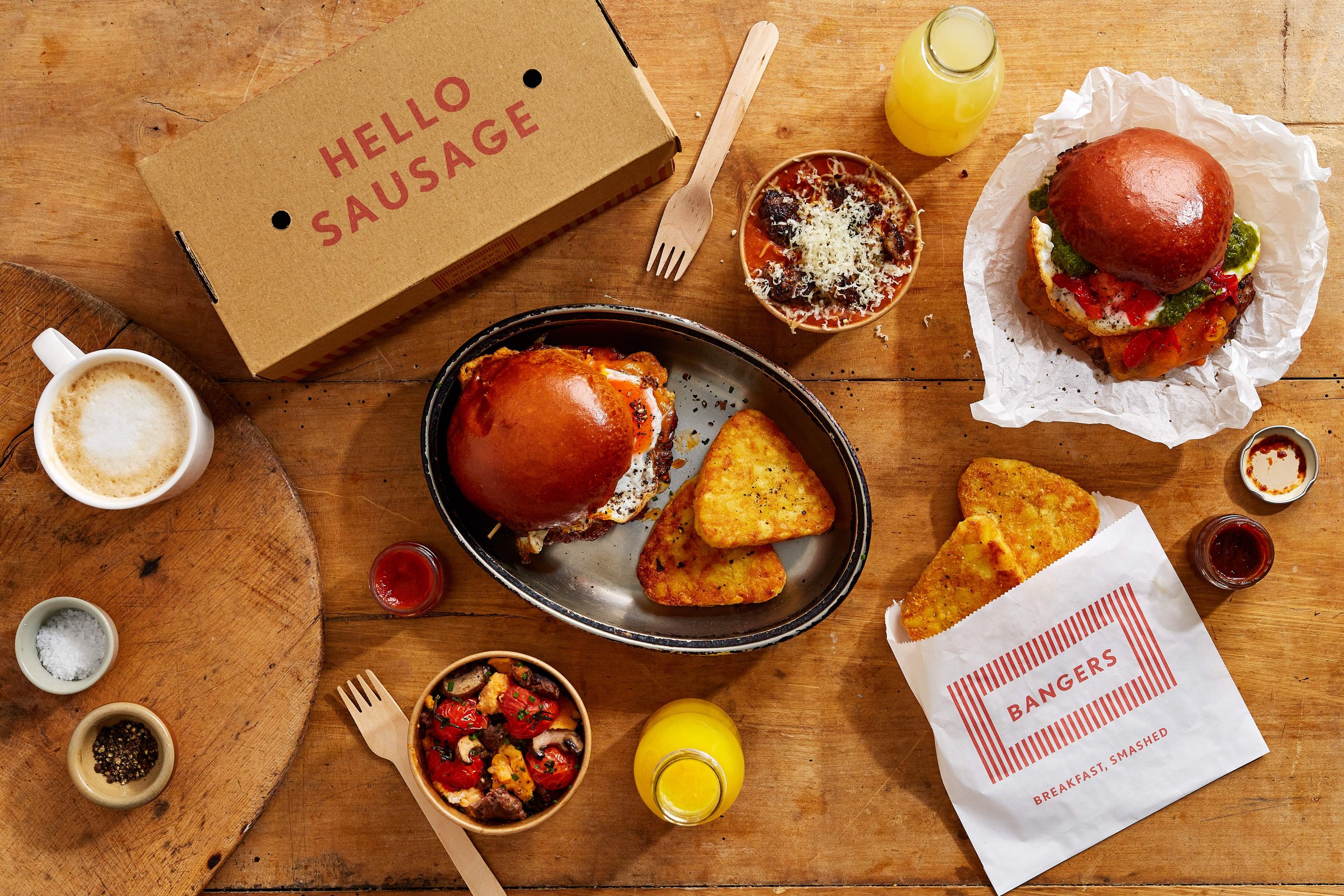When setting the table for a feast in an Afro-Caribbean household, it’s likely the final touches include sprinkling some extra paprika into a dish – usually by a parent or aunty. Or, as a seated guest in another person’s household, you’ll watch your host stir additional basil or chilli into the pot, as the aromatic smells waft around their home even before being served.
For the last two centuries, spices and seasonings have been used to bring flavour to dishes within Asian and Caribbean households. Before migrating across the globe, the spice trade was most prominent throughout Asia, Africa and parts of Europe. Yet still, when Asian and African communities migrated to the UK and Ireland in droves during the 1950’s and longed for some taste of home, spices were not as easily available in supermarkets and street markets as they are today.
Although the Windrush generation of Afro-Caribbeans is known for being the first to establish social clubs, cafes and restaurants in the UK, the earliest accounts of communities finding a taste of home date back to the 1920s, with Cardiff’s Caribbean Cafe. These spaces and eateries continued to develop, and communal centres and markets began to stock up on cultural favourites such as thyme, allspice and garam masala.
For East and Southeast Asians, spices have been accessible since even earlier, as Chinese eateries could be found as early as 1884. By the 1930’s, immigrants from Hong Kong and mainland China brought dishes such as egg fried rice and chow mein to Britain’s shores; these became popular to the point of becoming culinary staples in the UK. And in 1975 with the fall of Saigon, many Vietnamese immigrants moved to areas such as Hackney in London, bringing with them spices such as ginger, chilli flakes and turmeric.
Spices such as cloves, pepper (black and white) and ginger have always been essential in Asian and Caribbean households, creating the core flavours of these cuisines. Chilli peppers are also notable in both communities to bring out a spicier flavouring. For instance, scotch bonnet peppers are used in Caribbean countries like Jamaica and St Lucia, while bird’s eye chillies are used in Asian countries like Thailand and Malaysia.
The globalisation of food, from early trade to mass supply chains, and from immigration to the culinary visibility offered by the internet, has greatly influenced the way we eat, use, and view spices. Those very factors have also created a rise in fusion cuisines and a greater desire to experiment with non-traditional flavour combinations.
What herbs and spices can you not live without? Likelihood is, you have Caribbean and Asian cuisines to thank for introducing them into mainstream UK culture and making them spice rack staples.
